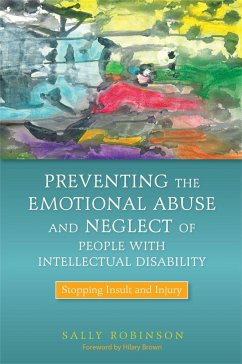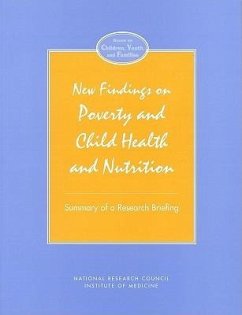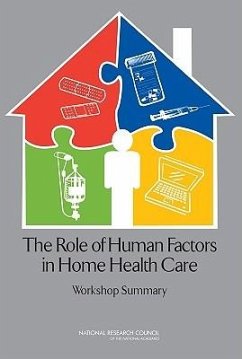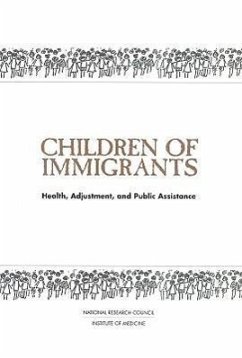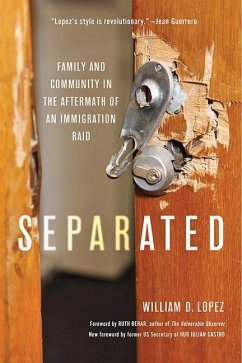
Understanding and Preventing Violence
Volume 1
Herausgeber: Roth, Jeffrey A; Reiss, Albert J
Versandkostenfrei!
Versandfertig in über 4 Wochen
70,99 €
inkl. MwSt.

PAYBACK Punkte
35 °P sammeln!
Violence: directly or indirectly, we are its victims every day. For some people, that means locking doors and windows and turning on porch lights at night; for others, escape is more difficult. In their streets, neighborhoods, and even their homes, violence is a constant threat. The result: a diminished quality of life lived in fear. Violence is everywhere. If we escape its touch ourselves, we are continually bombarded with violent acts and their consequences in the guise of entertainment - in books, movies, and television - or in the daily news. Yet the news media cover only the most sensatio...
Violence: directly or indirectly, we are its victims every day. For some people, that means locking doors and windows and turning on porch lights at night; for others, escape is more difficult. In their streets, neighborhoods, and even their homes, violence is a constant threat. The result: a diminished quality of life lived in fear. Violence is everywhere. If we escape its touch ourselves, we are continually bombarded with violent acts and their consequences in the guise of entertainment - in books, movies, and television - or in the daily news. Yet the news media cover only the most sensational crimes, the tip of the massive iceberg of violent crime in America. This coverage, which in some cities includes record-setting garish yearly body counts, tells us - and the rest of the world - that American society is exceedingly dangerous. But how violent are we? How do we measure violence in America, and how many violent crimes, in families and otherwise, go unreported? Are we becoming more violent? What can we do to find the answers to these and countless other questions? Violence has been the subject of a considerable amount of research, but often in unconnected areas or in response to specific violent events, such as assassinations or riots. In Understanding and Preventing Violence, a panel of experts assimilate the diverse research on the patterns and characteristics of violent behavior in the United States, including behaviors that have only recently been recognized as crimes - such as incest and spousal and elder abuse - and search for explanations and ways of altering these patterns and trends. The book describes what we know about certain types of violence, details insights into riskfactors for violence in individuals and situations, and recommends new research efforts with short- and long-term payoffs. Recognizing that our understanding of the causes of violence is limited and that there is a shortage of effective preventive actions, the authors emphasize what we do know - for example, that the potential for violence varies from city to city, street to street, and situation to situation; that not everyone exposed to the social and psychological pressures that can lead to violent behavior actually becomes violent; and that the almost 300 percent increase in the average time spent in prison by offenders has not produced a significant decrease in violent crime. The authors also propose some answers - such as several promising preventive strategies for reducing firearm-related violence that rely on existing laws. Understanding and Preventing Violence will be a key tool in helping our society better focus its efforts in the struggle to find solutions to this tragic, painful aspect of human life.




